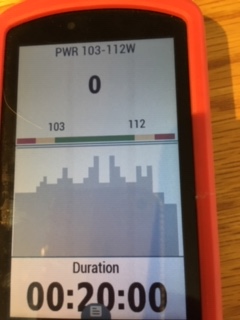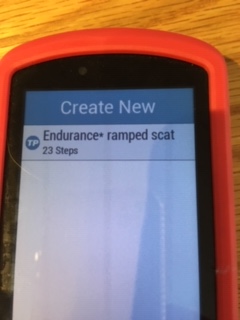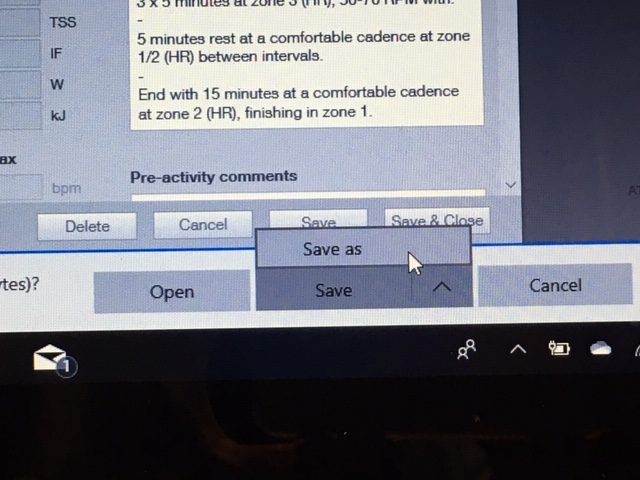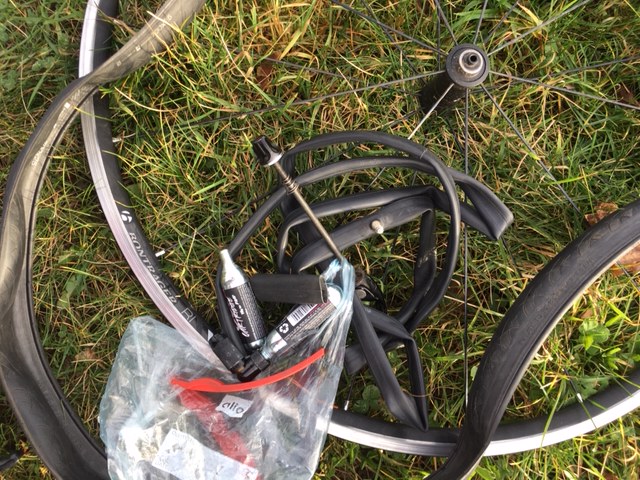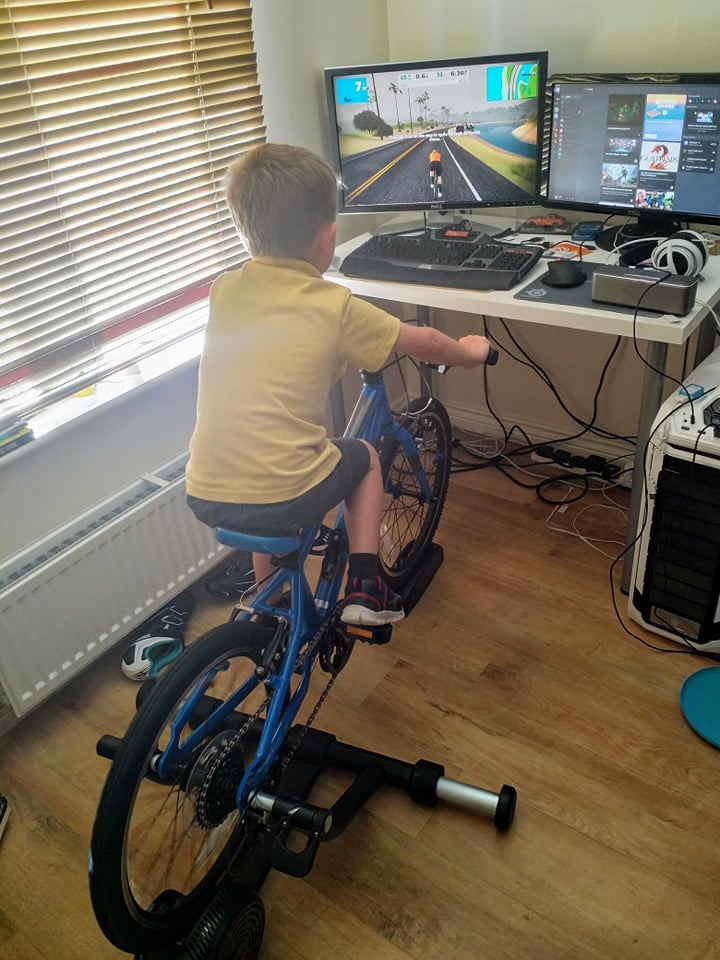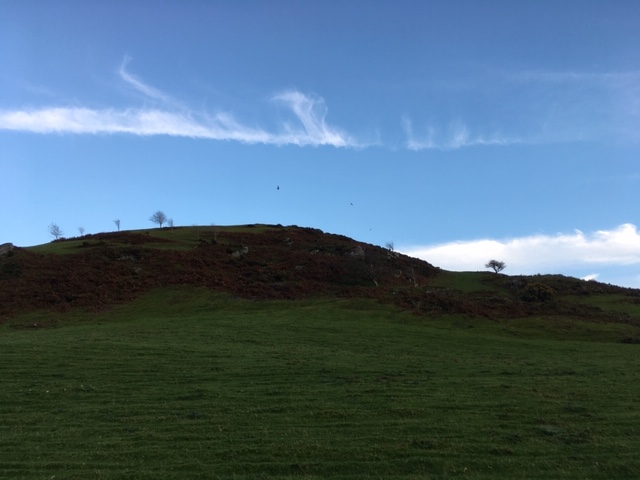Base Training
Traditional base training that takes place over the winter months is
based around increasing time on the bike and working at lower than normal
intensity. This is difficult for those
of us who have a full-time job, a family and live in a country where its dark
when you get home from work! Not to mention the cold!
So instead of training for 12-20 hours per week for 2-3 months, a well-structured
program of short, high-intensity intervals works just as well. It means different paths allow different
people to achieve similar goals. For those cyclists in the real world wanting
to improve their performance here are some ideas on how to build a bigger and
more powerful aerobic engine.
Don’t ride only low-intensity rides
Aerobic base training is designed so that by accumulating a large volume
of work at a low intensity will result in increased capillary density which in
turn allows a higher volume of oxygenated blood into muscles, and to increase
your mitochondrial density which means that your capacity to break down
carbohydrate and fat into usable energy more quickly is improved. By processing more fat and carbohydrate per
minute through mitochondria we increase our maximum sustainable power or pace.
It also means you can operate at a lower percentage of your VO2 max at your
“all day” pace, which may help you rely on a higher percentage of fat for
energy and conserve stored carbohydrate. Great – we all want that BUT……
It only works because increased training volume (12-20 hours/week) contributes
to greater total workload or greater focused workload, despite reduced
intensity.
However, when training volume is held basically constant by an athlete’s
training availability,( i.e. the amount of time we can squeeze into our
schedules) reducing intensity by spending the same number of hours at a lower
power output than they are already habituated to only results in reduced
workload, and therefore reduced training effects.
Structure is great
All athletes will benefit from a break from structured interval
workouts. A period of reduced structure is great, but it doesn’t need to be
eight to 12 weeks long!
You need the intensity to maintain the workload necessary to retain
fitness. Could you attain this intensity through harder, yet still unstructured,
endurance rides? Yes, but structure helps most time-crunched athletes
accomplish the goals of training more efficiently.
Don’t Starve Yourself
Many athletes look to base training to strip away several pounds of
weight gained so they combine endurance training with calorie restriction to
create an even bigger energy deficit. The rationale is that you need energy to
perform hard intervals, but you don’t need a lot of energy to ride easy, so a
period of reduced intensity is a good time to double down on calorie
restriction. Wrong!!!!
Adequate energy intake is essential for positive adaptation to exercise
stress. Inadequate energy intake diminishes the work you can do during rides,
recovery between exercise sessions, and immune system functionality (during
cold and flu season, no less). The quality of your training hours still matters
more than the caloric deficit, even during a period of more generalized
endurance training.
Try…
Incorporate interval training 2-3 times per week
The science
is well established that short, high-intensity intervals can increase mitochondrial density (your capacity to break down
carbohydrate and fat into usable energy). It will also add sustainable power output in a
fraction of the time it takes to do so with a high volume of low-intensity
exercise. Researchers have shown that these same short, high-intensity
intervals improve oxidation of fat and carbohydrate by mitochondria to a
similar degree as traditional, lower-intensity endurance training, but in a
fraction of the training time. Practically what this means is that by working
at the highest end of the intensity spectrum you can improve performance at all
intensity levels below that, making it a very effective use of your limited
training time. Similarly, lactate threshold workouts improve power at threshold
and improve power for endurance intensities, too.
Ride long-ish once a week
A normal training schedule consists of three interval workouts per week and one 2-4+ hour endurance ride over the winter. For athletes who can ride both days of the weekend, this often translates to Tuesday/Thursday/Saturday/Sunday, with Sunday being the long ride. This way there is a recovery or rest day before each interval day, which helps improve workout quality. There’s no magical duration for a weekly long ride, but there is evidence to show a moderately experienced cyclist benefits most from endurance rides longer than two hours and shorter than 6 hours.
Endurance blocks (training camps)
A weeklong
block of back to back 40-60-mile rides will really push your fitness up. It
doesn’t mean travelling abroad (though the weather would definitely be better)
just a dedicated week of training.
In summary, traditional base training as necessary is a disservice to
the massive proportion of the cycling community that cannot fit the additional
hours into their lifestyles. The proven solution that improves aerobic
performance and that’s compatible with the lives of more amateur cyclists
combines interval training, a long-ish weekly ride, and endurance blocks where
you can fit them in.
